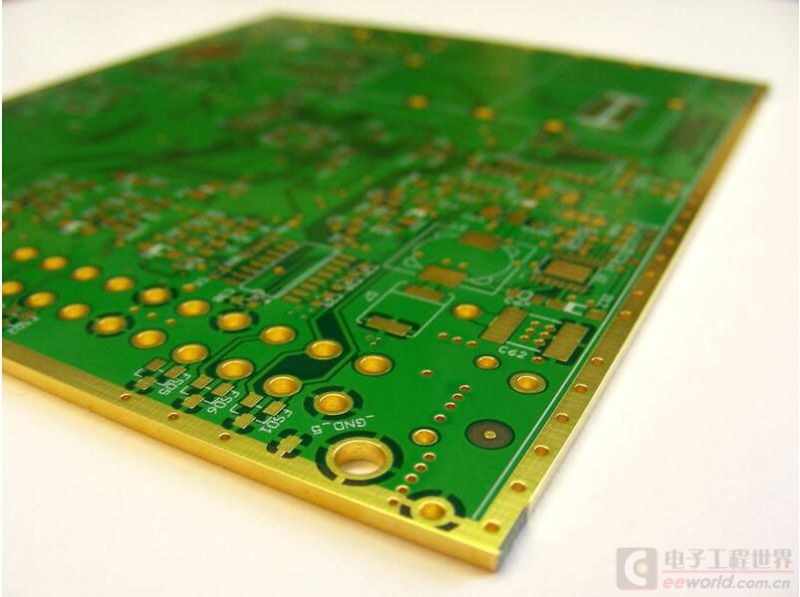
Electroplating can be divided into hard gold and soft gold. Hard gold electroplating is an alloy, so its hardness is relatively hard. It is suitable for use in places requiring force and friction. It is generally used as the edge contact point of PCB ( commonly known as golden finger ). Soft gold, On the other hand, is commonly used to connect aluminum wires On the COB ( Chip On Board ) or On the touch surface of mobile phone keys, and more recently, it is widely used On both sides of BGA boards. The distinction of hard gold and soft gold, it is the component of this layer of gold that goes up finally plating, when gold-plating can choose electro plate pure gold or alloy, because the hardness of pure gold is softer, so also call “soft gold”.

Boric acid ACTS: as a buffer, which can maintain a relatively balanced PH value of hard gold-plated PCB plating solution with a concentration of 35~55g/l;
Nickel chloride: it is an anode activator, which can effectively promote the dissolution of anode nickel Angle and avoid the passivation of anode;
Brightener: can improve the brightness of the coating, the brightener used for acr-3010, the control range is 25~35ml/l;
Anti-pinhole agent: it can effectively drive away the hydrogen bubbles on the coating and prevent the generation of pinhole defects;
Brightener and anti-pinhole agent supplement method: in order to add less frequently appropriate, one time do not add too much to the hard gold plated PCB plating solution.